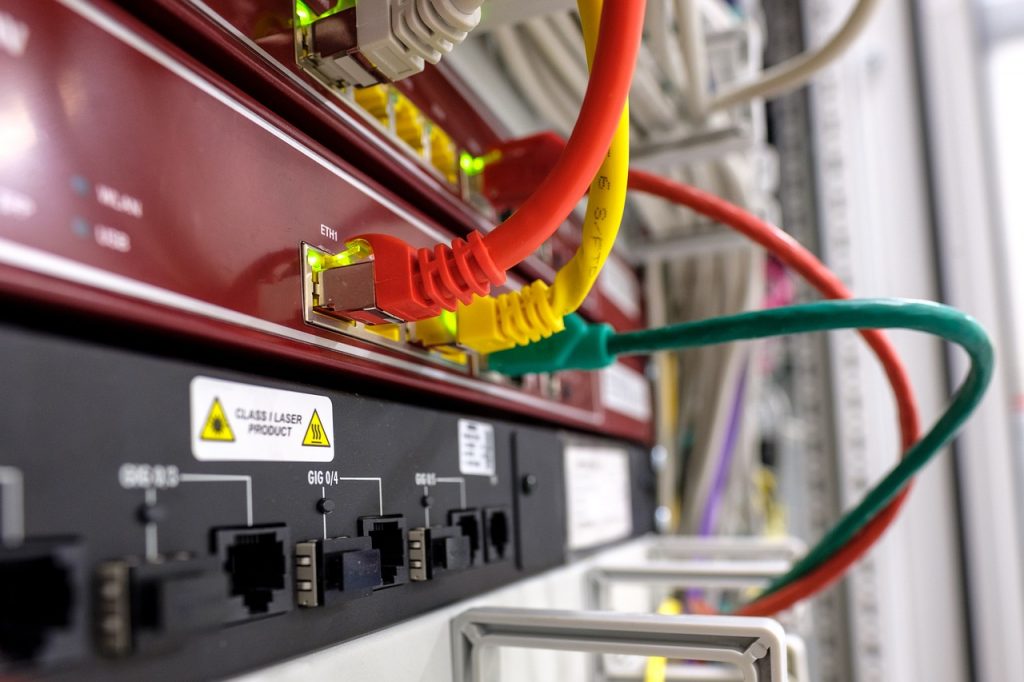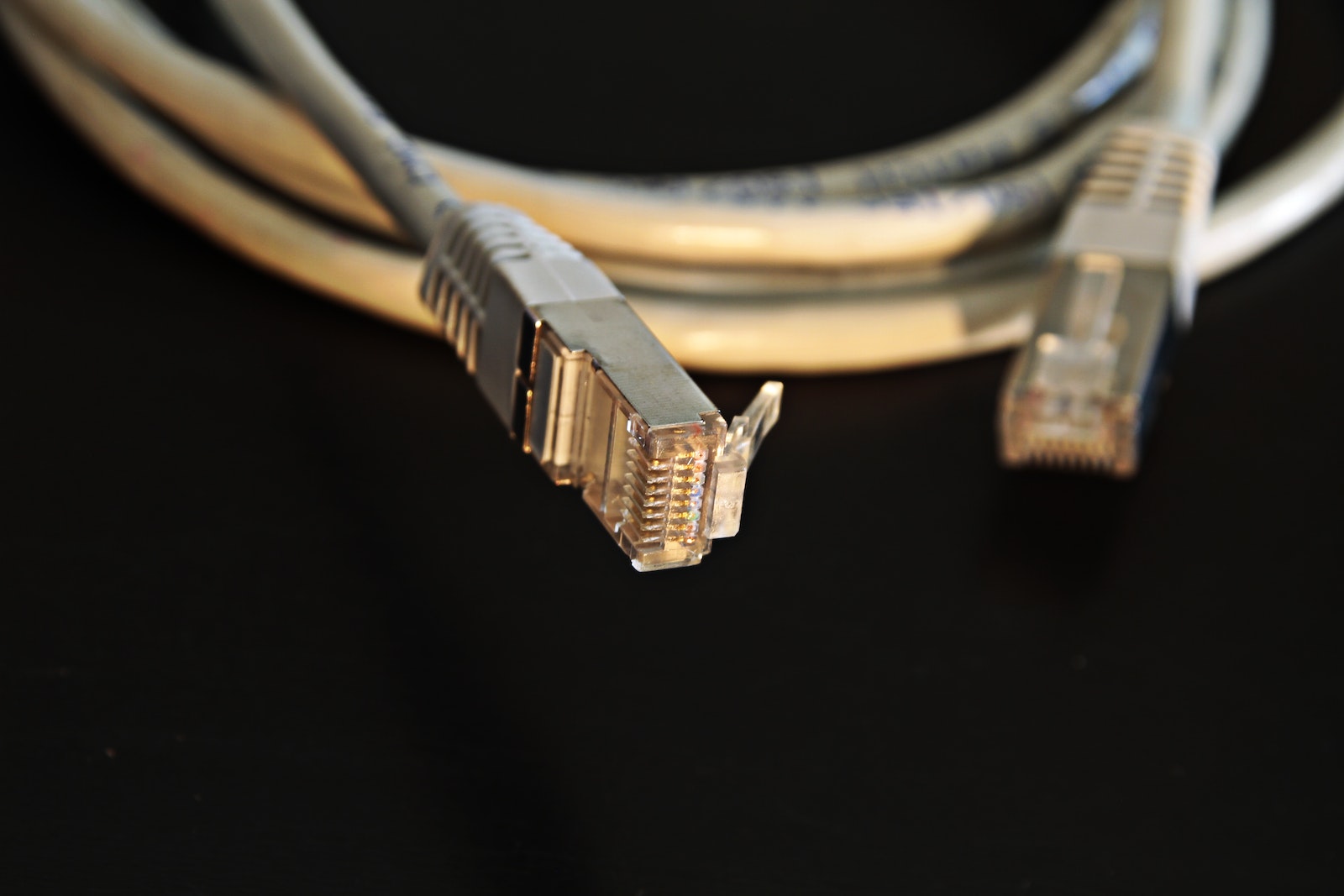Table of Contents
- Introduction to Ethernet-Based Smart Home Security System
- Types of Ethernet-Based Smart Home Security Systems
- Pros of Ethernet-Based Home Security Systems
- Cons of Ethernet-Based Home Security Systems
- Tips for Considering an Ethernet-Based Smart Home Security System
- Conclusion
- Frequently Asked Questions
Introduction to Ethernet-Based Smart Home Security System
As more and more people move into smart homes, the need for a secure home network rises. While there are many Ethernet-based security systems on the market, each has its own set of pros and cons.
To get started, Ethernet-based smart home security systems can provide reliable protection for your house. Such systems work by connecting all devices on a single network.
This allows for automated technical support and maintenance as well as real-time notifications in case of an emergency or breach detection. With ethernet-based smart home security systems, you can also enjoy two-way voice communication, motion detectors, perimeter alert zones, and even surveillance cameras with facial recognition capabilities.
All of these features can add up to create an overall sense of safety and security while deterring potential intruders. Due to this advanced technology, ethernet-based smart home security systems are one of the best ways to protect your family and keep them safe in case of an emergency or intrusion attempt.
With its many features and benefits, ethernet-based smart home security systems offer peace of mind to homeowners who want dependable protection for their property.
Types of Ethernet-Based Smart Home Security Systems
There are several different types of Ethernet-based smart home security systems available, each with its own unique features and benefits.
Wired Ethernet systems are the most traditional type of Ethernet-based security system. They require a physical Ethernet cable to be run from the security system to the router, providing a direct and stable connection.
These systems are typically easy to install and offer fast reliable performance. However, they may require additional wiring and installation costs, and may not be suitable for homes with a complex layout or multiple floors.
Powerline Ethernet systems use the electrical wiring in your home to transmit data and provide an Internet connection. These systems are a good option if you have limited or no Ethernet wiring in your home, but they may not offer the same performance as a wired Ethernet system.
Mesh Ethernet systems use multiple access points to create a network of interconnected devices. These systems are ideal for larger homes or homes with multiple floors, as they can provide coverage throughout the entire home. However, they may require more setup and configuration compared to other types of Ethernet-based systems.
Overall, it’s important to consider the specific needs and layout of your home when choosing an Ethernet-based smart home security system.
Pros of Ethernet-Based Home Security Systems

Today, home security systems are a must for keeping your family and your belongings safe. And while wireless systems are the most commonly used, Ethernet-based systems offer even greater protection.
With an Ethernet-based system, the data is transmitted over a secure wired connection as opposed to a wireless signal that can be intercepted. This gives added layers of security which are critical for peace of mind.
Additionally, Ethernet allows for faster downloads and fewer network interference issues. This increases both the reliability and performance of the system, ensuring that it will always be there when needed.
Finally, such systems require significantly less power to run than their wireless counterparts, allowing them to stay on for long periods of time without draining energy sources or risking shutdowns due to low battery levels.
As such, an Ethernet-based home security system provides increased security and reliability compared to other options. It is therefore highly recommended for anyone looking for peace of mind when it comes to protecting their home and loved ones.
Cons of Ethernet-Based Home Security Systems
Installing an Ethernet-based home security system can be complex and time-consuming, creating a range of potential issues. For example, the presence of other wired networks in your home can cause interference with the security system’s signal, resulting in decreased performance and reliability.
Furthermore, the matching components required for installation may be difficult to acquire; inexpensive or off-brand alternatives may not provide the same level of safety as more well-known names. Also, the directions included with a DIY model may not always be clear and accurate, which can create confusion and further complicate matters.
Lastly, depending on the type of equipment you choose, expanding your network to add additional devices or sensors could require significant extra effort or even professional installation. As such, it is important to consider these drawbacks when looking into Ethernet-based home security systems for your home.
It may also be worth discussing these potential pitfalls with a professional installer before undertaking such a project.
Tips for Considering an Ethernet-Based Smart Home Security System
For those looking for a secure, reliable home security system, an Ethernet-based smart home system is an attractive option. These systems connect to the home’s existing wiring and incorporate modern automation technology to provide flexible and comprehensive protection from intruders and other threats.
Before investing in an Ethernet-based system, there are several factors to consider in order to choose the best fit for your individual needs.
First of all, consider the number and type of entrances into your home, as well as any external security risks that need to be taken into account. You also need to take into consideration how many cameras and/or sensors will be needed to ensure adequate coverage throughout the entire property.
Furthermore, inquire about any potential hardware compatibility issues with previously installed components of the smart home, such as light switches or thermostats. Moreover, it’s important to factor in installation costs before committing to any particular system or provider.
By taking each of these elements into consideration, homeowners can make a well-informed decision when selecting an Ethernet-based smart home security system.
Conclusion
Installation difficulties and potential compatibility issues are the primary cons to consider when determining whether an Ethernet-based smart home security system is right for you. However, increased security and reliability may be worth the installation hassle for some homeowners. Those considering an Ethernet-based system should weigh the pros and cons carefully before making a decision.
Frequently Asked Questions
An Ethernet-based smart home security system is a networked automated home security system that uses your existing wiring to connect various devices, such as cameras and sensors, for comprehensive protection from intruders and other threats.
An Ethernet-based system works by connecting various devices and sensors to the home’s existing wiring, which is then monitored and controlled from a single app, allowing users to keep tabs on their home’s security from anywhere.
The primary benefit of an Ethernet-based smart home security system is increased reliability and accuracy due to its wired infrastructure.
The primary drawback of an Ethernet-based system is the installation complexity and potential compatibility issues that may arise when dealing with bulky wiring networks or wireless interference.
Also, some devices may not be compatible with the system due to standards or protocol issues.
The cost of an Ethernet-based smart home security system will vary depending on the number and type of devices included, as well as the complexity of installation.
Installation of an Ethernet-based smart home security system can range from straightforward to difficult, depending on the existing wiring in your home.
It may require some additional wiring or rerouting of cabling if the existing infrastructure is insufficient, so it is important to consult a professional before making any changes.
It is important to factor in the cost of any additional wiring or rerouting that may be necessary for installation, as well as any compatibility issues that could arise with certain devices.
Also, make sure to weigh the pros and cons of an Ethernet-based system before investing in one.







